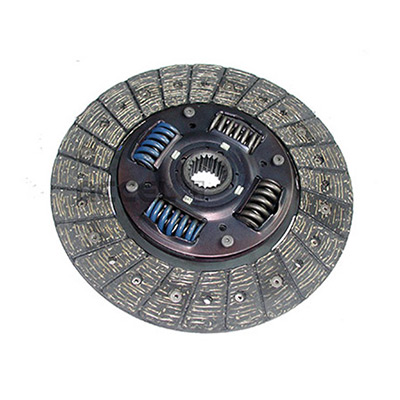
- Mobile Phone
- +8613931874955
- sales@cntcmetal.com
Understanding the Factors Influencing the Cost of Stainless Steel Mesh in Today's Market
Stainless Steel Mesh Price Understanding the Factors and Market Trends
Stainless steel mesh is an indispensable material in various industries, including construction, automotive, food processing, and pharmaceuticals. Its durability, resistance to corrosion, and versatility make it a preferred choice for many applications. However, the price of stainless steel mesh can vary widely depending on several factors. This article delves into the elements that influence stainless steel mesh pricing, current market trends, and future predictions.
Factors Influencing Stainless Steel Mesh Prices
1. Material Quality The grade of stainless steel used in mesh production plays a crucial role in pricing. Higher-grade materials, such as 316 stainless steel, are more expensive but offer greater resistance to corrosion and higher durability compared to lower grades like 304. The choice of material depends on the intended application, where certain environments may require the superior properties of higher-grade stainless steel.
2. Mesh Specifications The specifications of the mesh, including wire diameter, spacing, and overall dimensions, significantly impact the price. Thicker wires and finer spacing generally lead to higher costs due to increased material usage and manufacturing complexity. Custom sizes and specifications can also drive up the price, as they often involve specialized production techniques.
3. Manufacturing Process The method used to produce the stainless steel mesh affects its cost. Processes such as welding, weaving, or electroforming can have different cost implications based on efficiency, labor, and machinery required. Automated manufacturing methods may reduce production costs, while hand-woven meshes may carry a premium due to the craftsmanship involved.
4. Market Demand and Supply Like any commodity, the prices of stainless steel mesh are influenced by market demand and supply dynamics. Fluctuations in demand, particularly in construction and manufacturing sectors, can lead to price increases. Additionally, any disruptions in the supply chain, such as raw material shortages or geopolitical issues, can further affect pricing.
stainless steel mesh price

5. Geographical Factors Prices may vary by region due to local market conditions, transport costs, and economic factors. Some countries may impose tariffs or trade restrictions on stainless steel products, influencing prices. Regional demand for specific types of mesh can also lead to price discrepancies.
Current Market Trends
As of late 2023, the stainless steel mesh market has been witnessing notable trends. The ongoing expansion of the construction industry in emerging economies has increased the demand for high-quality stainless steel mesh for various applications, including filtration and architectural uses. Additionally, the rising awareness of hygiene standards, particularly in the food and pharmaceutical industries, has bolstered demand for corrosion-resistant materials.
On the supply side, fluctuating stainless steel scrap prices have a direct impact on the cost of new stainless steel production. With environmental regulations driving a push for more sustainable materials, many manufacturers are incorporating recycled stainless steel into their products, which can influence price stability and availability.
Future Predictions
Looking ahead, the stainless steel mesh market is expected to experience moderate growth, driven by technological advancements and increased applications across various industries. Innovations in manufacturing processes may lead to cost reductions, potentially lowering prices in the long term. However, ongoing global issues, such as supply chain vulnerabilities and fluctuating raw material costs, may continue to create uncertainty in pricing.
In conclusion, understanding the factors that influence stainless steel mesh prices can help businesses and consumers make informed purchasing decisions. Monitoring market trends and staying aware of industry developments will be essential in navigating the complexities of pricing in this important sector. Whether for industrial use or home improvement, the right stainless steel mesh can offer significant value in both performance and longevity.
share:
-
Your Source for Concrete Wall Ties and Masonry AccessoriesNewsJul.10,2025
-
Unlocking the Power of Iron Wire for Every ProjectNewsJul.10,2025
-
Explore Advanced Chain Wire and Stainless Steel Mesh FencingNewsJul.10,2025
-
Discover the Benefits of Annealed Wire ProductsNewsJul.10,2025
-
Discover China Stainless Steel Wire Mesh SolutionsNewsJul.10,2025
-
Build with Confidence Using High-Performance Masonry AccessoriesNewsJul.10,2025
-
Why Sacrificial Formwork Is Redefining Underground ConstructionNewsJun.06,2025



















